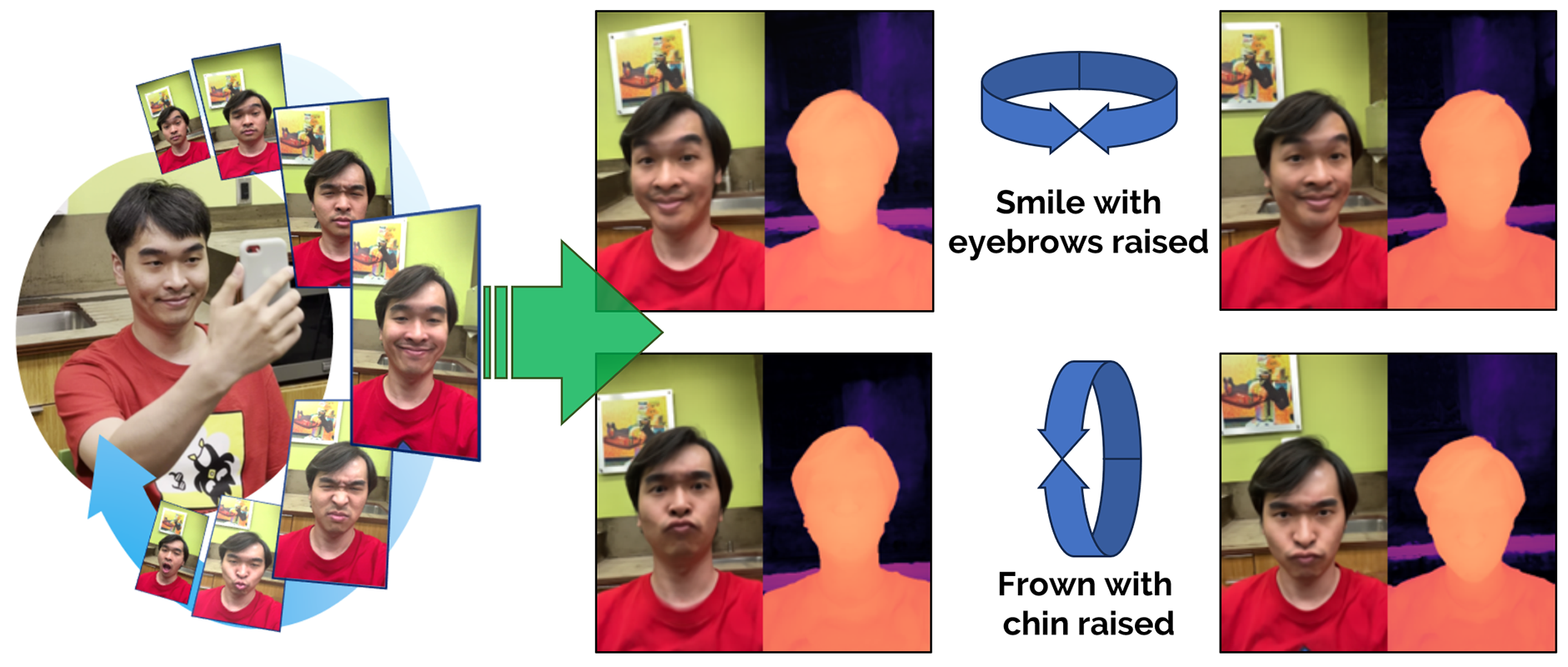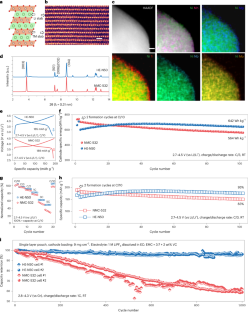2023-06-14 カリフォルニア大学バークレー校(UCB)
◆この研究では、127キュビットの量子コンピュータと最先端のスーパーコンピュータを比較し、少なくとも1つの計算タイプでは量子コンピュータが優位に立ちました。量子コンピュータはノイズが多くエラーが発生しやすいため、完全なエラーコレクションが実現されるまで、現在の「古典的な」スーパーコンピュータを上回ることはないと予測されています。しかし、この研究では、エラーコレクションが不十分な状態でも、量子コンピュータを今日有用にする方法があることが示されています。
◆この結果は、将来的にはエラーを訂正するよりもエラーを軽減する量子コンピューティングアルゴリズムが、超伝導体や新しい電子材料の量子特性を理解するなど、最先端の物理学の問題に対処できる可能性を示唆しています。
<関連情報>
- https://news.berkeley.edu/2023/06/14/new-technique-in-error-prone-quantum-computing-makes-classical-computers-sweat/
- https://www.nature.com/articles/s41586-023-06096-3
フォールトトレランスの前に量子コンピューティングの有用性を示す証拠 Evidence for the utility of quantum computing before fault tolerance
Youngseok Kim,Andrew Eddins,Sajant Anand,Ken Xuan Wei,Ewout van den Berg,Sami Rosenblatt,Hasan Nayfeh,Yantao Wu,Michael Zaletel,Kristan Temme & Abhinav Kandala
Nature Published:14 June 2023
DOI:https://doi.org/10.1038/s41586-023-06096-3

Abstract
Quantum computing promises to offer substantial speed-ups over its classical counterpart for certain problems. However, the greatest impediment to realizing its full potential is noise that is inherent to these systems. The widely accepted solution to this challenge is the implementation of fault-tolerant quantum circuits, which is out of reach for current processors. Here we report experiments on a noisy 127-qubit processor and demonstrate the measurement of accurate expectation values for circuit volumes at a scale beyond brute-force classical computation. We argue that this represents evidence for the utility of quantum computing in a pre-fault-tolerant era. These experimental results are enabled by advances in the coherence and calibration of a superconducting processor at this scale and the ability to characterize1 and controllably manipulate noise across such a large device. We establish the accuracy of the measured expectation values by comparing them with the output of exactly verifiable circuits. In the regime of strong entanglement, the quantum computer provides correct results for which leading classical approximations such as pure-state-based 1D (matrix product states, MPS) and 2D (isometric tensor network states, isoTNS) tensor network methods2,3 break down. These experiments demonstrate a foundational tool for the realization of near-term quantum applications4,5.



